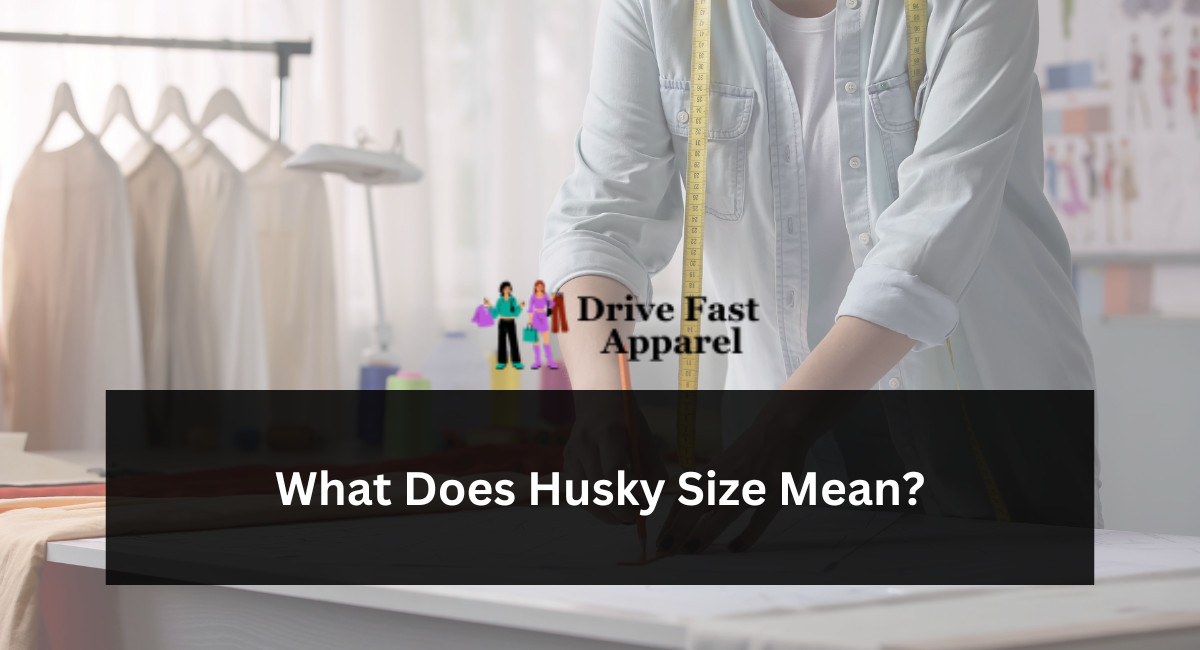Fat boys sometimes realize they’re wearing clothes from the “husky department,” usually during an outing when their mother insists he tries on some pants marked 14H.
Retail and linguist experts often don’t understand the origin of “husky.” Although it appears in various dictionaries as an insult, over time, it has come to mean large.
Pants
Boys’ husky sizes offer clothing with larger areas, making them suitable for taller or wider-bodied kids. While they typically feature longer inseams than traditional men’s pants, these pants still ensure more snugness around the waist and thighs than conventional styles.
In addition to husky sizes, some brands provide slim fit or plus size options as well.
Although husky sizes can be easier to locate than plus sizes, parents need to consider whether they fit them carefully. A husky size might help those whose children are growing too rapidly.
Still, waist and hip measurements must be taken so as to determine whether it truly qualifies as an “oversized husky size” rather than just another regular kid’s size.
Some brands mark clothing as “husky-sized,” while others use inch numbers corresponding to waist and inseam measurements to denote this category of size; usually, this means the 14 will communicate with his slim or regular 14 sizes.
However, not all brands follow this convention, and the label needs to be read carefully before purchasing an item from Old Navy; for instance, their H designation denotes their husky sizes, while their slim sizes are denoted with an S letter designation.
Shirts
Husky sizes for boys refer to larger-fitting apparel designed specifically to accommodate those who do not comfortably fit into traditionally sized boys’ clothing.
Often modeled after the average size for a clothing brand and adding approximately 1-to-2 inches (2.54 to 5.08 cm) around the waist and hip areas while maintaining leg length and inseam measurements as in regular or traditional sizes, an “H” symbol on garment labels signifies this feature, for instance, “14H or 14S.”
Children’s clothing sizing systems can be confusing and complex, especially when different brands employ their systems and definitions for selecting appropriate sizing. Gap uses an approach that categorizes boys into Little Boys (2T-7X), Slim Young Kids (8S-20S), and Husky sizes (14H-20H).
However, measurements for these categories differ by store – typically, they require height, weight, and waist/hip measurements when selecting an appropriate size for boys ages five years old or over.
However, many parents do not like the term “husky,” as it can imply boys have muscular builds and carry more weight than other children. Instead, Sturgell suggests retailers replace it with more positive terminology, such as “strong,” which does not stigmatize overweight children or imply they are strong athletes.
Jackets
Finding clothing designed specifically to fit boys may be more challenging; however, there are a number of brands and companies offering larger-size shirts and jackets for boys as well as plus-size clothing for girls online; both options tend to have limited stock.
When purchasing clothing in size H for boys, shoppers should look for an H attached to waist and hip measurements on size labels. Furthermore, sleeves and inseam length may also differ slightly from regular boys’ clothing – all features that make husky-sized pants more accommodating for boys with broad hips and thighs who don’t require slim or tall sizes.
After the boy’s 18 husky sizes are outgrown, the next size up should usually be 20 regulars, depending on the brand. Since boys’ husky clothing tends to be roomier than regular clothes, many boys find they can fit into larger shirts without issue if necessary or wear men’s shirts if this size still proves inadequate.
Underwear
Husky underwear sizes tend to resemble regular sizes for boys in all ways, but one: their waist and hip measurements tend to be larger. Clothing manufacturers may label husky with an “H,” while regular sizes usually use numbers such as 14H or 14R for their measurements.
Husky sizes for boys may provide more comfort due to their wider waistband and hip fit, and similarly with jackets, as they often have larger chest measurements and weight measurements than regular girls’ sizes.
While some brands provide dedicated husky sizes, others offer them as part of their regular size selection – for instance, JC Penney and Lands End both give these as an add-on size option yet clearly mark their actual sizes on each tag.
Finding the appropriate size of underwear can be tricky when kids don’t grow at an even rate, making it hard to ascertain their needs. A great way to help determine their husky size in one brand would be taking their current jeans or pants and measuring waist and inseam measurements so they have an idea of their future husky size in that brand, then try them at the store; if they’re too small try another size if necessary.
For underwear, knit boxer briefs such as Gap are great because they won’t dig into waist areas like elastic.
Conclusion
In conclusion, understanding the term “husky size” is crucial when it comes to selecting clothing for individuals with a fuller or broader build. Husky sizing typically refers to garments designed with extra room in specific areas, accommodating a more robust physique.
It’s important to recognize that husky sizing is not a judgment but rather a practical solution for ensuring comfortable and well-fitting attire for those with a broader frame.
Brands offering husky-sized clothing aim to promote inclusivity and cater to a diverse range of body types, recognizing that everyone deserves to feel confident and at ease in their clothing choices.
Ultimately, embracing husky sizing is a step towards a more inclusive and body-positive approach within the fashion industry.

Leave a Reply